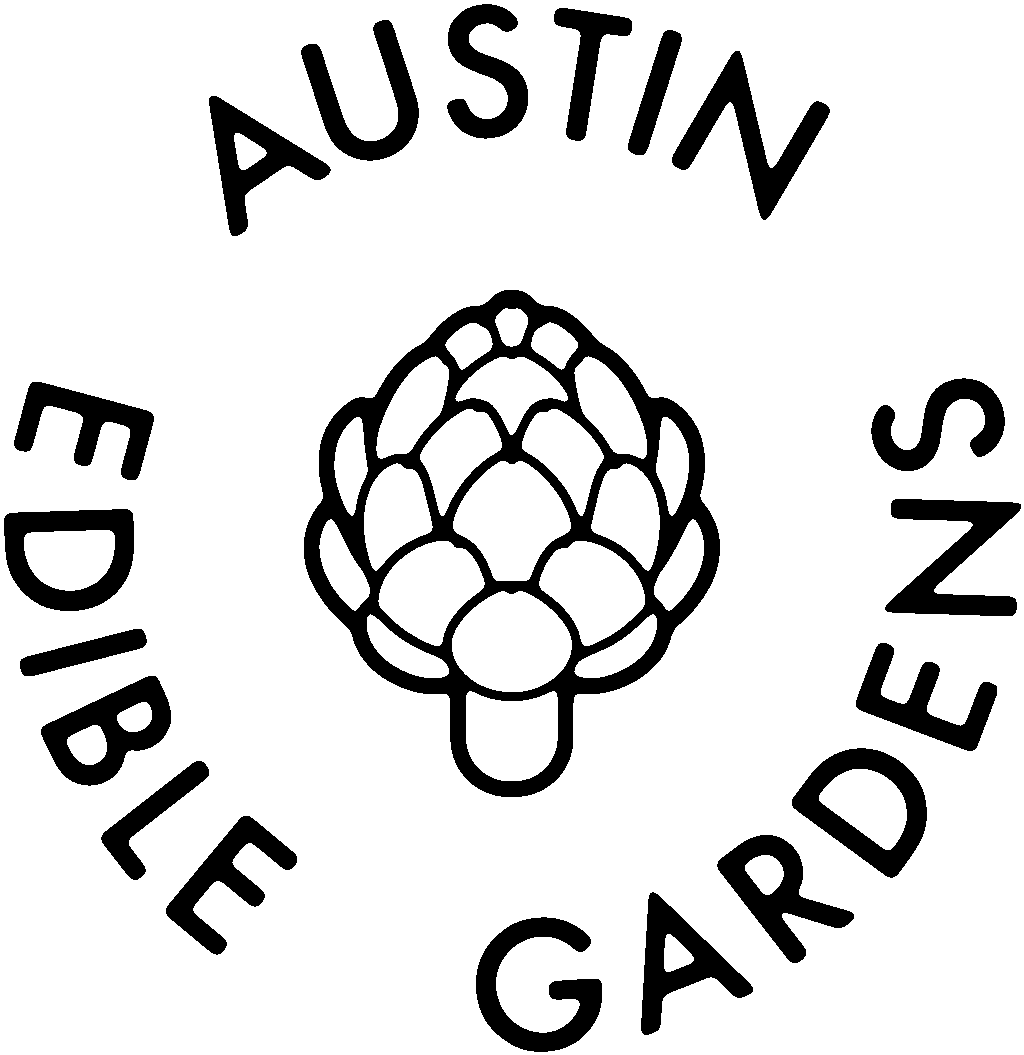Collard Greens - Plant them now and harvest for months to come
If you haven’t yet figured out that edible gardening in the fall and winter in Central Texas is all about leafy greens, then let me prove it one more time with a cole crop that will readily take on December’s icy frosts and then provide you with an abundance of nutrient-dense leaves all winter and spring. Collards can be planted throughout the fall and into spring, but allowing them to mature during the freezes of winter will improve the flavor of the leaves.
Collard greens are a member of the Brassicaceae family of plants, an important agricultural group that includes plants in the mustard family - cabbage, broccoli, cauliflower, turnips and more. There are both wild mustards and cultivated species, and many of the wild taxa grow as weeds in the U.S. Although these plants belong to the same genus, they all look and taste very different. Their unifying feature, however, is their four-petaled flower, which signifies their alternative genus name, Cruciferae, Latin for “cross-bearing”.
Because the temperatures drop significantly throughout December, it is best to plant starts or transplants of collard greens instead of seeds at this time. Planting these older plants will help them to survive any freezes we may get while they are still young. Collards grow very large in the right conditions. In healthy soil and with 6-8 hours of sunlight, they can reach 2’ tall and wide. Their roots can grow vigorously and reach as deep as 2’ or more. For this reason, the soil needs to be loose and well-draining. Before planting a transplant, loosen the garden soil by gently digging and turning the soil at least 8” deep to allow the small roots to take off once planted. If the soil has high clay content, add a couple of handfuls of compost to the area and turn that into the soil before planting. Make sure each plant has at least 12” of spacing. One or two collard plants in the garden is usually enough for a family of four as they are prolific producers. When the leaves are 12” long, break off or cut the largest outer leaves at the stalk allowing the inner leaves to continue to grow. You will be able to harvest leaves from these plants throughout spring and into summer. The most common varieties to grow in Central Texas are Georgia Southern, Champion, and Vates. As with all brassicas, cabbage worms and aphids are attracted to collard greens, so check the leaves daily for pests and treat organically as needed. As the temperatures cool off, the pest pressure will subside.
Collard greens are a staple in southern U.S cuisine, best-known for being cooked with pork. Though collards originated in the mediteranean, the influence that they and other bitter greens have on southern American cuisine is attributed to African American culture, arising from the need for enslaved people to consume nutritious and readily-available greens after prolonged manual labor. The southern tradition of eating black eyed peas with collard greens on New Year’s Day is practiced throughout the south with different variations. The black eyed peas represent luck and the paper money colored collard greens represent wealth. As you grow your own food and become more attune to seasonal eating, you’ll see why these vegetables are eaten together in January. The collard greens are available fresh, growing throughout the south during winter, and the black eyed peas which were harvested in late summer have been dried and stored for winter use.
Fall planted collard greens are arriving at the farmers’ markets and farm stands now, so you can find some locally grown bunches there. Or plant your own now and begin harvesting in a few weeks - just in time for New Year’s Day.
The following recipe comes from Garden Gal Austin, Blair Fowler. Blair has been gardening in Austin for nine years and her favorite crops to grow are brassicas, beans and peppers. She lives in Crestview with her husband, daughter and two Aussie dogs and grows food to eat and share in her large front yard garden.
Texas Gardener’s Collards
Ingredients
One large bunch of collards, cleaned and separated ribs from leaves
Small sweet or white onion, sliced
2 cloves Garlic, smashed
1/2 teaspoon fresh thyme
1-2 Spicy peppers, halved
1 Bay leaf
Veg or chicken stock
1-3 tablespoons olive oil
1-3 tablespoons butter
Salt & Pepper to taste
1 tablespoon apple cider vinegar or lemon
1 teaspoon sugar (optional)
1/2 teaspoon garam masala (optional)
Clean collards Separate ribs from Leaves -
Chop ribs and keep separate
Roll collard leaves and chop into strips
In a large Dutch oven or non reactive pot with lid over medium heat, add olive oil and butter. Add onions and a pinch of salt and sauté.
Let the onions cook for at least 10 minutes. Add more fat if necessary then add the bay leaf and thyme and the halved jalapeño or serrano or whatever you have and sauté for 10 minutes. Add the collard greens’ ribs and cook for 5-10 minutes more on medium heat then add your garlic cloves.
Add collard leaves in batches then add vegetable or chicken stock or broth to barely cover the leaves and bring to a boil. Remove pepper then simmer covered for 10-30 minutes.
Add a pinch of raw sugar and squeeze of lemon or vinegar depending on your preference. Check for salt and pepper before serving.

